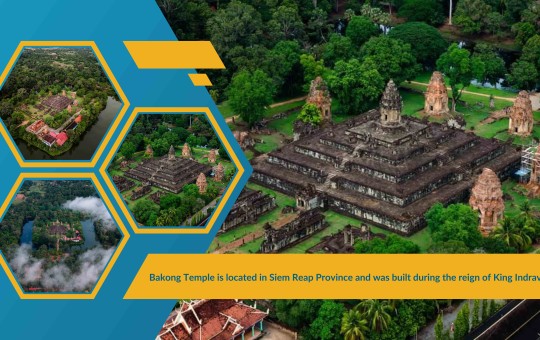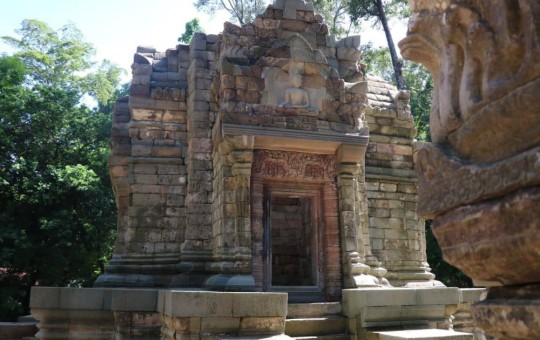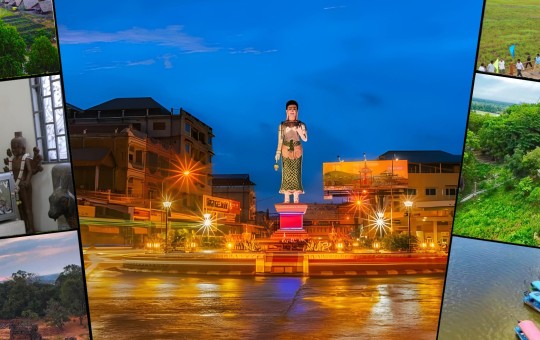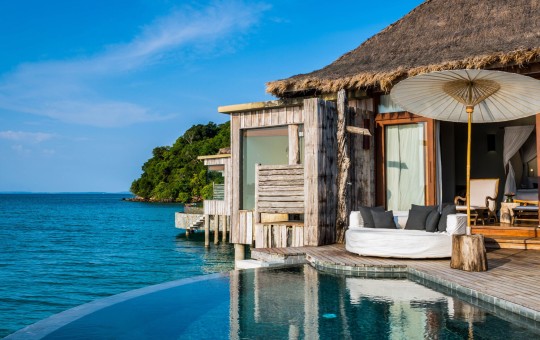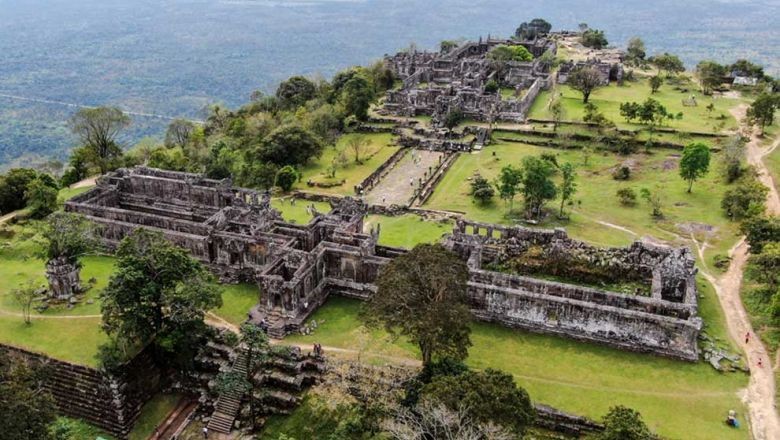
Cambodia marks anniversary of handover of Preah Vihear
Historian and the curators of Preah Vihear Temple called on the next generation of Cambodians to unite to maintain and protect the temple, as June 15 marked the 61st anniversary of the International Court of Justice (ICJ) in The Hague’s 1962 ruling that Cambodia is the owner of the temple complex.
History lecturer Sambo Manara said the temple was built by the ancient Khmer in the 9th century, during the reign of Jayavarman II (802-850). However, it was not built by Jayavarman II alone, but also by at least five other kings.
The temple of Preah Vihear was at the centre of the Khmer Empire, as its territory was extremely large at the time. Preah Vihear is located on the top of Dangrek Mountain in Kantuot commune’s Svay Chrum village of Preah Vihear province’s Choam Ksan district, on an 800m by 400m site.
Manara noted that Thailand occupied the temple and some surrounding provinces during the Udong period of the 18th century, with some Thai authorities considering the temple as part of Thailand’s heritage.
Until the French colonial period, Thailand claimed the territory, with the support of the French. France later rescinded the treaty, so the temple was returned to Cambodian hands. But Thailand refused to recognise its return, as its people were convinced that Preah Vihear should remain theirs.
When gaining independence from France in 1953, Cambodia asked the Thais to withdraw, but they refused. It was only once Cambodian lawyers took their case to The Hague and presented accurate historical testimony that it was returned.
The temple was the scene of several clashes between Thai and Cambodian forces in 2008, with some resulting in deaths and injuries. The same year saw Cambodia submit a request that Preah Vihear be inscribed on UNESCO’s World Heritage list, a request which was accepted.
Kong Puthikar, director-general of the National Authority for Preah Vihear (NAPV) – an institution in charge of the management and conservation of the archeological site – said that June 15 was an important day in the Kingdom’s history, noting that all compatriots should celebrate the ICJ returning the temple to Cambodia.
Since 2006, the NAPV has begun its efforts to maintain, clean and repair temples in high-risk areas.
In addition, he said the authority has also restored some of the ancient infrastructure around the temple and conducted valuable archeological work.
It has also mobilised international resources to assist in their efforts.
“Through the history of the construction of the temple, as well as the recent history of its return to Cambodia and its inclusion as a World Heritage Site, the temple has become an important symbol of national unity. If we were not united, we would not have been able to reclaim the temple or preserve and develop it like we have,” said Puthikar.
He hoped the temple would continue to serve as a beacon for all Cambodians, especially the young, and that it would inspire them to build a strong country in the future.

